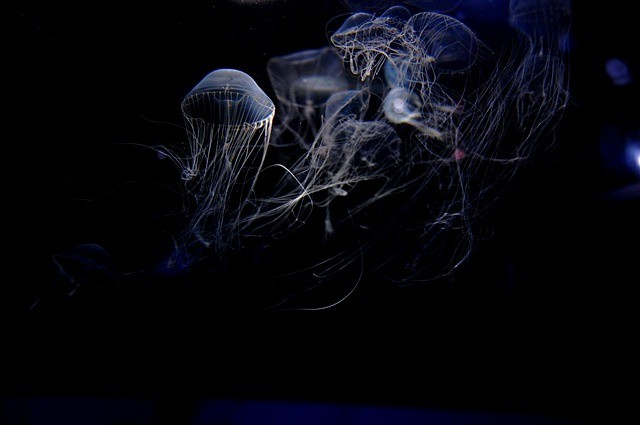
Climate change might rely on the deep ocean to absorb the excess carbon affecting the earth's environment. The problem is the sea is a carbon sink with an estimated 39,000 gigatons of carbon dioxide, which is about 50 times in the atmosphere. It won't stay long because the deep sea gives off too much and has a storage limit.
Options To Contain Carbon
The carbon cycle has been studied, and all carbon gas is absorbed by countless microscopic plants living on the sea surface, which later drops way down into the depths, according to Science Alert.
A simulation of the hypothetical storage of carbon dioxide was done, and it retains less of these carbon gases for a longer period, and estimates before this are inaccurate.
According to Chelsey Baker, an Ocean Biogeochemical Model Analyst from the National Oceanography Center based in the UK, the seas are a crucial carbon sink and how deep biological carbon gets accumulated in the depths defines how much atmospheric carbon can be kept in the deep water, noted NOC.
The study shows that how long the seas can contain carbon in their deep parts is less than initially assumed will affect climate change. Carbon should be stored for a century for a climate-compatible timescale.
Keeping Greenhouse Gases in the Depths
The circulation of the ocean's depths would store all the captured carbon at 3.250-ft down, and stay they for several thousand years, cited Techno Blender.
Read Also: Earth's Sudden Oxygenation Is Purely Accidental After Several Billion Years, New Theory Explains
The models used for the study show that about 66% of all carbon gas absorbed will reach 3,250 feet in the North Atlantic Ocean or deep ocean; get locked in more than a hundred years or more.
How well the carbon dioxide is caught up in the deep sea depends on the currents and temperature; greenhouse gases must be at 6,500 feet to stay for more than a century. This depth assures that 94% of the gas will stay put for that period.
The study's authors published a paper that included comments about their subject. All of the carbon management strategies findings and future carbon sequestration projections predicted by global biogeochemical models may be exaggerated, reference in Agupubs.
Shifts in climate and the world's oceans will require an update due to scientists thinking how the seas are more stratified when water gets hotter. This means less mixing of layers, and carbon will escape more.
More accurate models will allow better calculations to predict and prevent what will happen. Researchers need to be accurate and measure how much carbon dioxide is produced, with the ocean's storage limit with the time it will be kept in it.
One option is to help the natural carbon cycle in several ways to remove carbon gases from the atmosphere. Knowing more about oceans as a carbon sink is crucial too.
Baker adds that the study's findings can be crucial because artificially enhanced carbon storage in the seas is on its way to zero emissions by 2050. One way to do it is by iron fertilization. To be effective, carbon gases should be stored in the deep ocean for hundreds of years at a required depth.
The study considers climate change, how greenhouse gases like carbon affect it, and how to manage storage in the deep sea.
Related Article: Ocean Currents Over the Last 66 Million Years Provide Clues To the Phenomena of Climate Change








